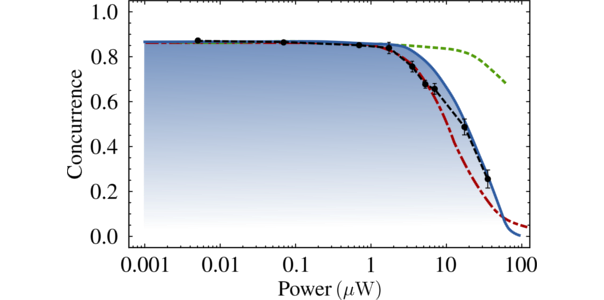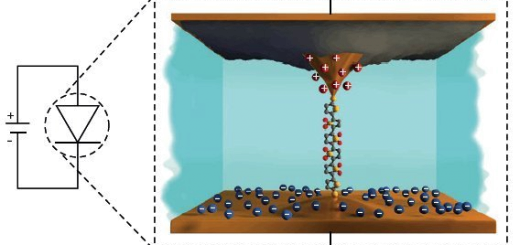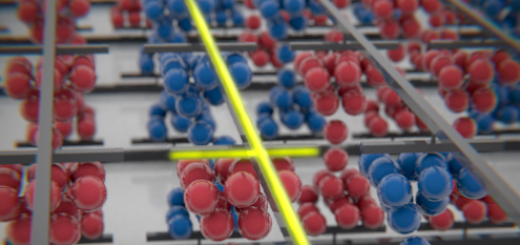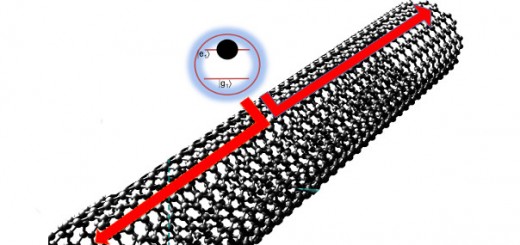First Observation of the Quantized Exciton-polariton Field and Effect of Interactions on a Single Polariton
Article: published in Science Advances by Juan Camilo López Carreño, Blanca Silva, Elena del Valle, members of the Department of Theoretical Condensed Matter Physics.
In 1982 Richard Feynmann envisioned the Quantum Computer, and although it has received the attention of two generations of Quantum Physicist around the world, its realization is still in a gestational stage. Many efforts have been devoted to demonstrate both the suitability and the miniaturization potential of diverse platforms to encode and manipulate Quantum Information. On these counts, photons would be the ideal carriers if it was not for their lack of interactions, without which the logical gates (the building blocks of a computer) cannot be implemented.
Creation of a quantum polariton.
Exciton-polaritons, hybrid particles that arise from the strong coupling between a photon and an exciton (an electron-hole pair), are a natural substitute of photons, as they inherit an interactive character from the excitons while retaining the lightweight and coherence from the photons. In a recent paper [Sci. Adv. 4, eaao6814 (2018)], by exciting the field of exciton-polaritons (from here on simply “polaritons”) with one of the photons from a pair of polarization-entangled photons, we observed for the first time a genuine quantum state (i.e., one that cannot be described as a convex mixture of Gaussian states) of the polariton field. A measurement of the classical CHSH inequality between the light emitted by the polariton and the other photon from the entangled pair shows that the quantum correlations are maintained, even after one of the photons became a polariton. Furthermore, by letting the single polariton cohabit with a condensate of polaritons, we were able to alter the phase of the single-polariton, as observed through an apparent loss of entanglement. This shows that polaritons could be fully manipulated at the quantum level in the near future and become the qubits of a quantum computer. [Full article]




















